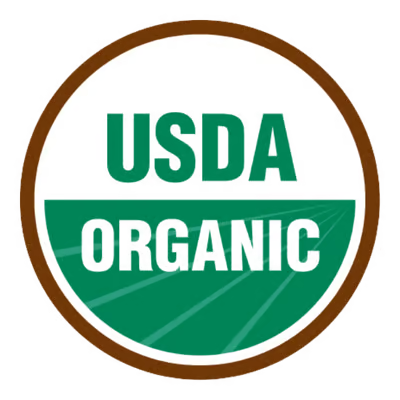
What's the Difference Between Determinate Tomatoes and Indeterminate Tomatoes?
What's the Difference Between Determinate Tomatoes and Indeterminate Tomatoes?
Tomatoes are one of the most popular fruits (although we often use them as a vegetable) grown in home gardens. They come in many different varieties, sizes, and colors, but one of the most important distinctions between tomato plants is whether they are determinate or indeterminate. In this blog, we will explore the differences between determinate and indeterminate tomatoes and help you choose which type is best for your garden.
Determinate Tomatoes:
Determinate tomatoes are often referred to as "bush" tomatoes because they grow to a predetermined size and stop growing when fruit sets on the terminal bud at the end of the stem. This means that they have a more compact and bushy growth habit, with most of the fruit ripening within a relatively short period, typically two to three weeks. Determinate tomatoes are often preferred by gardeners who want a large harvest of tomatoes all at once, for example, for canning or preserving.
Some popular determinate tomato varieties include Roma, Celebrity, and Mountain Spring. These varieties tend to produce a large number of fruits at once and are ideal for gardeners who have limited space or who want to plant tomatoes in containers.
Indeterminate Tomatoes:
Indeterminate tomatoes are also called "vining" tomatoes because they continue to grow and produce fruit throughout the growing season until the plant is killed by frost. This means that indeterminate tomatoes can grow quite tall, often reaching six feet or more, and require staking or trellising to support the weight of the plant and the fruit. Indeterminate tomatoes also tend to have a longer harvest period, with fruit ripening over a longer period, often several months.
Some popular indeterminate tomato varieties include Brandywine, Cherokee Purple, and Sun Gold. These varieties tend to produce a smaller number of fruits at a time but over a longer period, making them ideal for gardeners who want a continuous supply of fresh tomatoes throughout the season.

Choosing between determinate and indeterminate tomatoes:
When deciding which type of tomato to grow in your garden, there are a few factors to consider. The first is the amount of space you have available. If you have limited space, determinate tomatoes may be the best choice since they tend to have a more compact growth habit. On the other hand, if you have a large garden or want to grow tomatoes in containers, indeterminate tomatoes may be a better option.
Another factor to consider is how you plan to use your tomatoes. If you want to can or preserve your tomatoes, determinate tomatoes may be the best choice since they tend to produce a large number of fruits at once. If you prefer to eat fresh tomatoes throughout the season, indeterminate tomatoes may be a better choice since they produce fruit over a longer period.
Finally, consider how much time and effort you are willing to put into growing your tomatoes. Indeterminate tomatoes require more maintenance, such as staking or trellising and regular pruning, to keep them under control and maximize fruit production. Determinate tomatoes, on the other hand, require less maintenance since they tend to have a more compact growth habit.
Conclusion:
Whether you choose determinate or indeterminate tomatoes, growing your own tomatoes is a rewarding experience that can provide you with a bountiful harvest of fresh, delicious tomatoes throughout the season. By considering factors such as space, intended use, and maintenance requirements, you can choose the tomato variety that is best suited for your needs and preferences.
In conclusion, there are many factors to consider when deciding between determinate and indeterminate tomatoes, and the choice ultimately comes down to personal preference. Both types of tomatoes have their advantages and disadvantages, so it is important to weigh these factors carefully before making a decision. Regardless of which type of tomato you choose, with proper care and attention, you can enjoy a bountiful harvest






